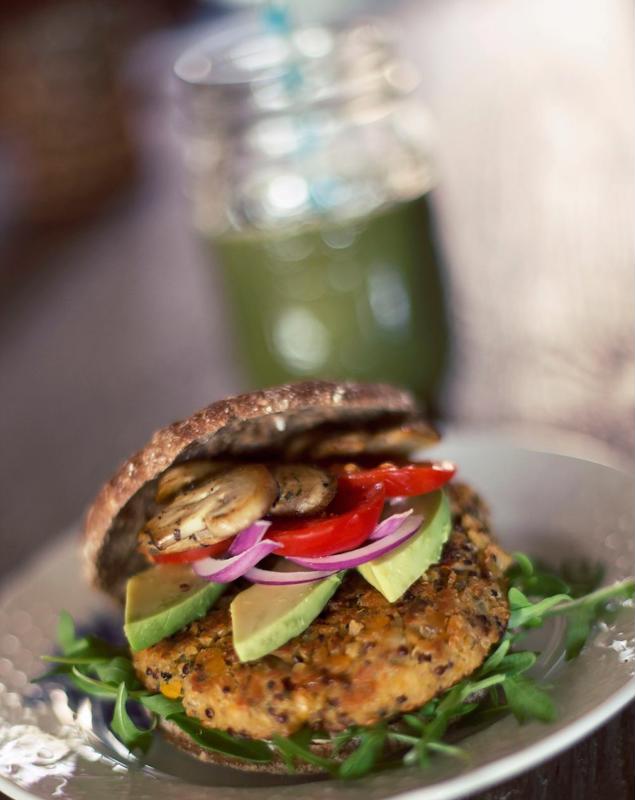As any meat-lover knows, the perfect burger isn’t just about the taste and toppings. Texture plays an important role, too. However, the look and feel of a burger are some of the hardest attributes to replicate for meat-free consumers.
Food companies are always finding new innovations for people who want to enjoy the great taste of an animal product but opt for meat- and dairy-free alternatives instead. Some of the latest and most attention-grabbing developments are patties that look, taste and smell just like a burger, but are completely plant-based.
Culinary students in Boulder and elsewhere who want to explore trending foods that appeal to vegetarians and meat-lovers alike will want to give the latest “bleeding” veggie burgers a go.
Here’s what you need to know:
Two “bloody” options
The first company to bring a “bleeding” veggie burger to consumers was Beyond Meat, which created a burger that seeped beet juice, a convincing blood lookalike. In May, 2016, Beyond Meat debuted the patties to a consumer audience at a single Whole Foods location in Colorado. The burgers sold out within an hour, Eater reported. The Beyond Burger is made with pea protein and is soy-free.
 Veggie burgers that taste and look just like meat have caught the attention of consumers and chefs alike.
Veggie burgers that taste and look just like meat have caught the attention of consumers and chefs alike.The second company to master the feat of creating a plant-based patty that “bleeds” was Impossible Foods, which created the Impossible Burger. The “blood” found in these patties is heme sourced from soy leghemoglobin, found in soy plants’ roots, according to CNET. Heme is found in all living things – plants and animals. In fact, it’s heme that makes blood appear red.
In addition to heme, the Impossible Burger is made with wheat protein, potato protein, coconut oil, konjac and xanthan gum. The last two ingredients are there to hold everything together.
Where to find “bleeding” veggie burgers
The Beyond Burger can be found packaged in twos at Whole Foods locations, as well as at Epic Burger’s eight Chicago locations, according to Eater. The Impossible Burger is a bit more difficult to locate. It’s currently only being offered at select high-end restaurants, giving culinary pros a jump start on learning how to use the meat-free patties.
David Chang was the first to give it a spin in July, 2016, at his Momofuku Nishi restaurant in New York City. Since then, more than 60 restaurants across the country have added the Impossible Burger to their menus. White Castle has plans for Impossible Burger sliders, Forbes contributor Christina Troitino wrote.
Why people want meaty veggie burgers
Many vegetarians occasionally miss the aroma and taste of a juicy burger or other meat item. While this is an excellent reason to offer meat-like non-meat products, it’s certainly not the only one.
In fact, vegetarians and vegans don’t seem to be Beyond Meat or Impossible Foods’ target audiences; the Beyond Burger is positioned next to the frozen beef patties in stores rather than next to Boca Burgers, Morning Star and other vegetarian companies that sell mimicked meat products, Eater explained.
Beyond Meat founder Ethan Brown’s goal was to produce a more environmentally friendly meat option. Raising cattle and other livestock is highly resource intensive; 70 percent of available freshwater goes to livestock, according to National Geographic. Additionally, 36 percent of crop calories are fed to livestock, National Geographic reported. Some people choose meat-free diets (or the occasional meat-free meal) for environmental reasons.
Finally, there’s the health factor. About one-quarter of deaths in the U.S. are due to heart disease, according to the Centers for Disease Control and Prevention. Eating a meat-free or low-meat diet is one way to reduce the risk of heart disease. As people become more health-conscious, they may be likely to spend their money on meaty doppelgangers as a healthier alternative.

